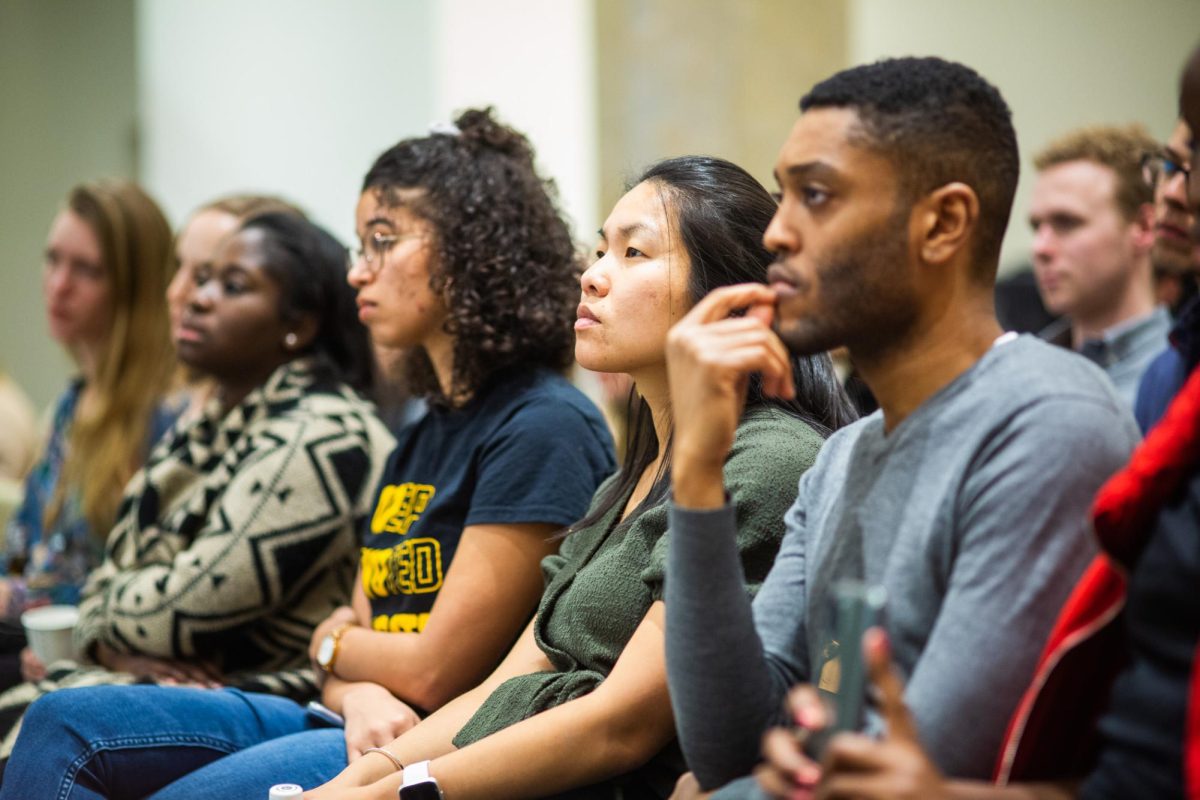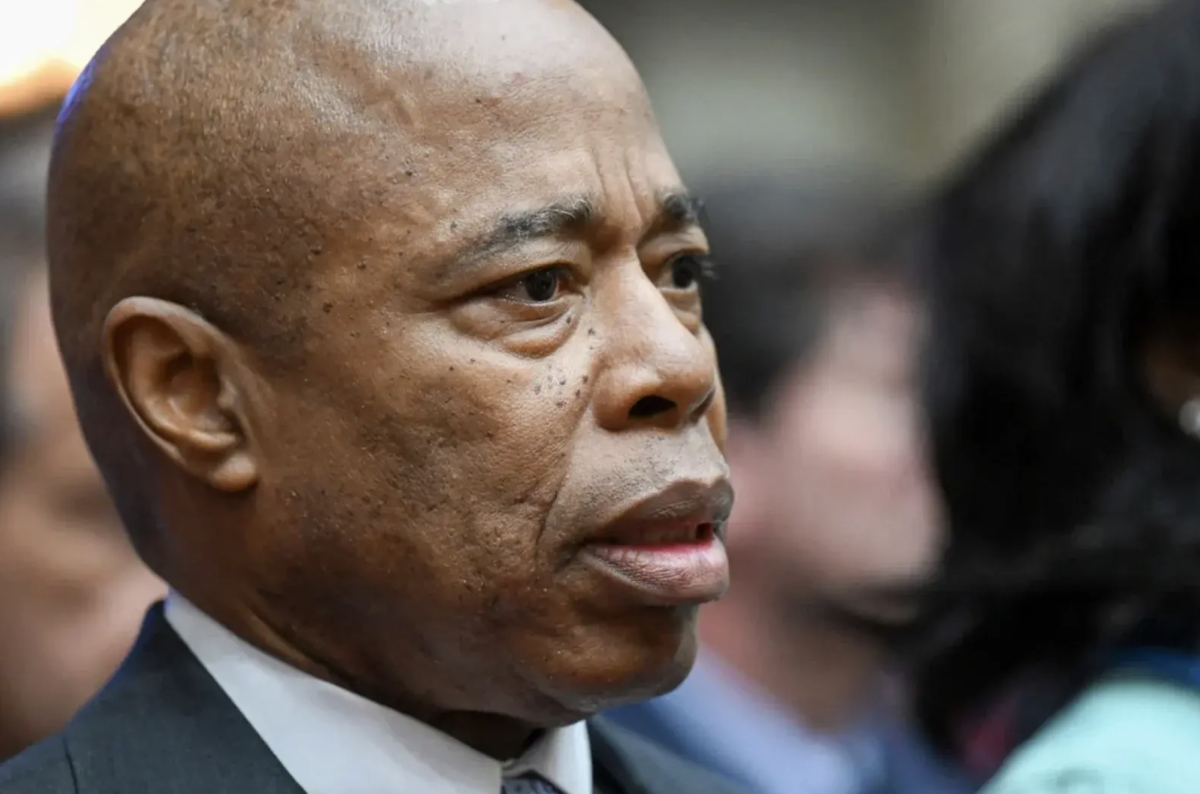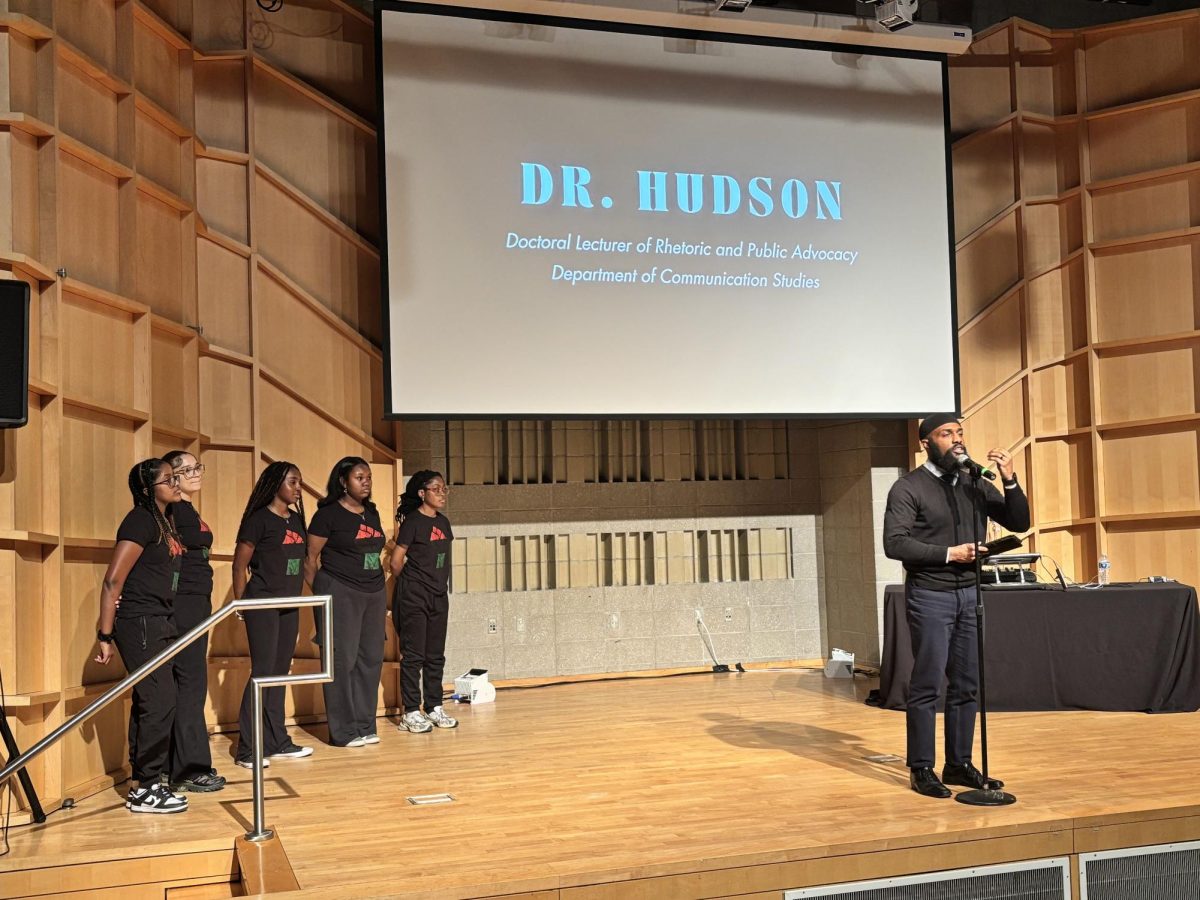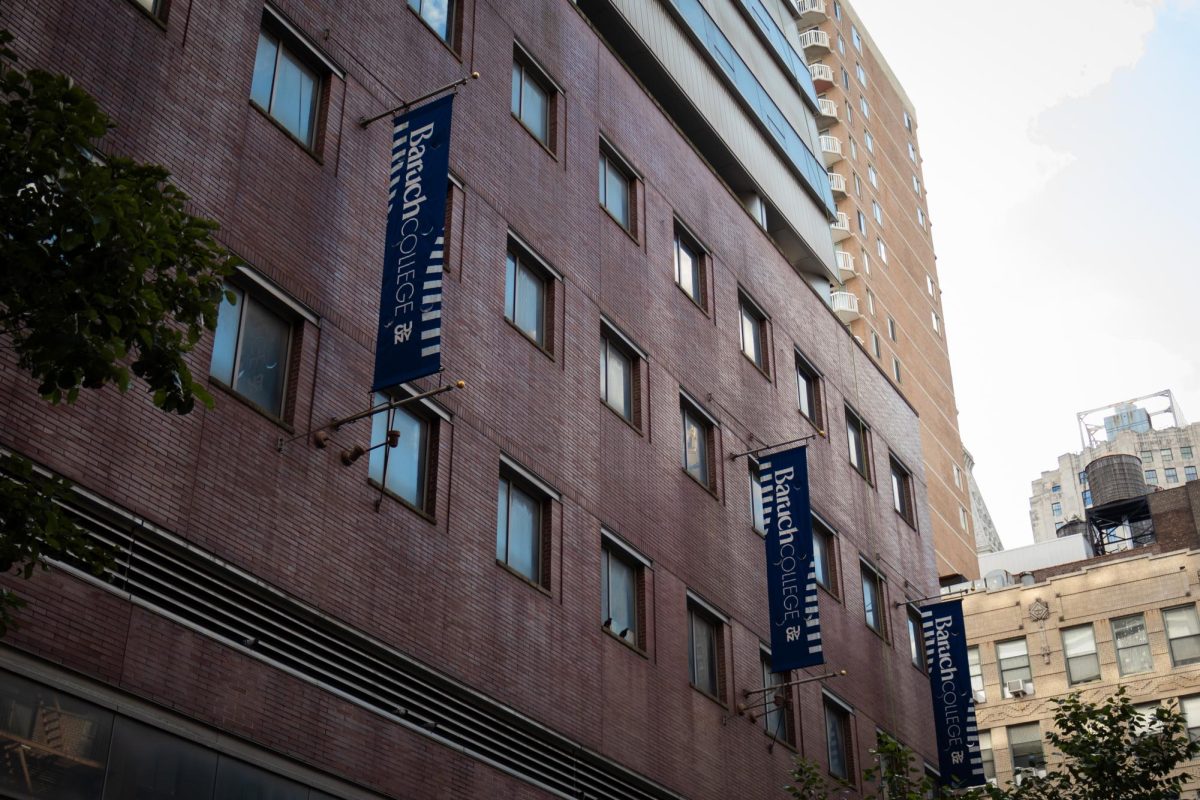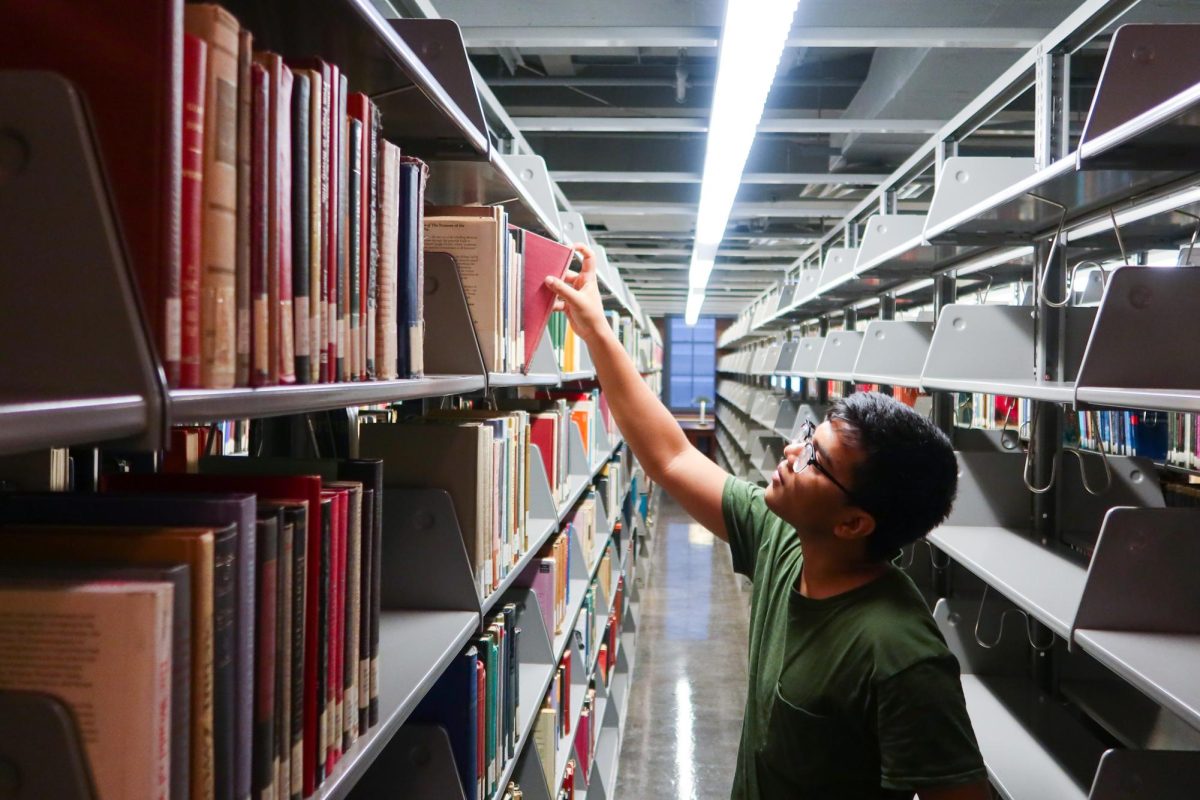CUNY Lifting New York is amplifying the CUNY system into the nation’s top rated student-centered university. However, the current faculty and staff at Baruch College is not reflective of the undergraduate student body. There should be active efforts to increase the faculty diversity.
Chancellor Félix Matos Rodríguez appointed the Strategic Roadmap Steering Committee to develop “CUNY Lifting”, a strategic roadmap to bring attention and resolve persistent concerns throughout the CUNY campuses by 2030.
“The group engaged in a deep review of the strategic plans, self-studies, and notes from more than 70 convening bodies, taskforces, and working groups from across the University. Together, they identified a series of common patterns, shared opportunities and challenges across our 25 campuses.”
The first goal CUNY plans to meet is being a national leader and increasing access to higher education to reflect the diverse populations of New York City.
While CUNY’s mission is admirable, achieving it will be difficult with the Supreme Court ruling affirmative action as unconstitutional.
This new Supreme Court ruling will prohibit CUNY from successfully reaching students of diverse backgrounds and assisting them with not only enrollment but also graduation and beyond.
Baruch is considered a top 50 business school in the United States and a top five business school in New York.
With Baruch’s prestigious reputation within the CUNY system, it should be a leading school to support CUNY in pushing for a diverse population.
Baruch can develop a stronger relationship with high school students by hosting campus-outreach events, geared especially for black and brown students.
Due to the fact that many black and brown students already deal with racial systemic issues, such as being more likely to face suspensions in school or having lower quality and under-funded education, the pathway to Baruch may seem daunting.
“To facilitate broad access to educational opportunity, we will build stronger connections with high school students [link] in our communities and strengthen our partnership with the New York Department of Education at every level,” the roadmap states.
To successfully achieve such a goal , it’s necessary to reassure students that their school records, specifically their student discipline files, will not deter admissions from accepting their applications.
Baruch should make a public stance expressing that it is against affirmative action being deemed as unconstitutional and that its campus is accessible to everyone, regardless of socio-economic backgrounds.
Furthermore, the current diversity of Baruch’s faculty should improve.
“Baruch students, or their parents, come from 168 countries and they speak more than 104 different languages in their homes,” according to Baruch’s post-graduate outcomes.
Additionally, “37% of its students are the first in their families to graduate from college, 65% of Baruch students filing FASFA come from households with average incomes of less than $40,000, and 85% of Baruch students graduate with no federal student loan debt.”
However, what’s missing from CUNY Lifting for Baruch’s Strategic Plan is ensuring that the faculty reflects the ethnicities, races and gender of their students. According to college factual, Baruch’s faculty is 61.8% White.
68.7% of the Baruch student body is made up of people of color.
Baruch needs a stronger outreach to underrepresented student populations and be an engine of social and economic mobility for these students.
It’s important for students to see faculty members of their ethnicity and race because it can provide them with a mentor who can relate to their experiences and advise them through their academic career.
Hiring diverse faculty is necessary because they serve as role models for students and reflect the school’s core values and beliefs.


